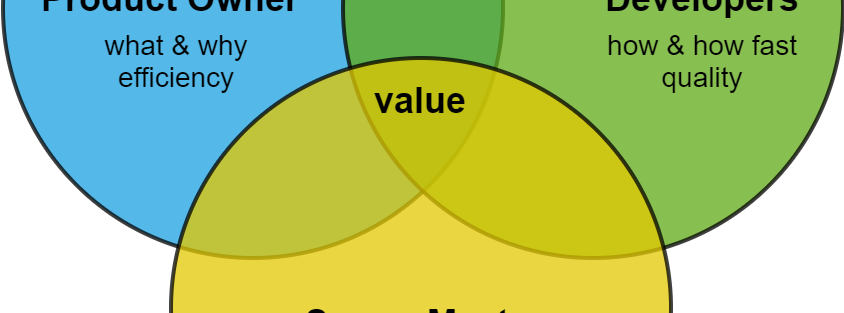In the context of Agile project management and decision-making, the term “triads” typically refers to a concept known as the “Decision-Making Triad.” This concept emphasizes the importance of collaboration among three key roles or perspectives within Agile teams to make efficient and effective decisions.
The three roles or perspectives in the Decision-Making Triad are:
Business (or Product) Perspective:
This perspective represents the individuals responsible for defining and prioritizing the project’s goals and objectives. This typically includes product owners, product managers, or business stakeholders.
The business perspective focuses on the “what” of the project, including what features or functionality should be delivered to meet customer needs and achieve business goals.
Technical Perspective:
The technical perspective encompasses the team members who are responsible for implementing the project’s features and functionality. This includes developers, engineers, architects, and technical experts.
The technical perspective focuses on the “how” of the project, determining the technical solutions, tools, and approaches to deliver the desired features effectively.
User (or Customer) Perspective:
This perspective represents the end-users or customers who will ultimately use the product or benefit from the project’s outcomes.
The user perspective is crucial for understanding user needs, preferences, and expectations. It ensures that decisions align with providing value to the end-users.
Efficient decision-making in Agile relies on the active collaboration and alignment of these three perspectives.
Here’s how the Decision-Making Triad works:
Collaboration: Members of the Decision-Making Triad collaborate closely throughout the Agile project. They engage in regular meetings, discussions, and feedback loops to ensure a shared understanding of project goals, technical constraints, and user needs.
Shared Responsibility: Decision-making is a shared responsibility among the three perspectives. While each perspective brings its unique expertise, all decisions are made collectively, taking into account the input from each perspective.
Balanced Decisions: The goal of the Decision-Making Triad is to achieve a balance between business goals, technical feasibility, and user satisfaction. This approach helps prevent decisions that are solely driven by one perspective at the expense of others.
Adaptability: Agile recognizes that requirements and priorities may change throughout the project. The Decision-Making Triad allows teams to adapt quickly to changing circumstances, adjusting project goals and plans as needed.
Transparency: Transparency is a fundamental principle of Agile. The Decision-Making Triad promotes transparency by ensuring that all stakeholders have visibility into the this process and the rationale behind decisions.
Efficient decision-making through the Decision-Making Triad helps Agile teams prioritize work, maintain a focus on delivering value to customers, and make informed decisions that are aligned with both business objectives and technical considerations. It also fosters a collaborative and adaptive mindset within Agile teams, which is essential for success in dynamic and rapidly changing environments.

